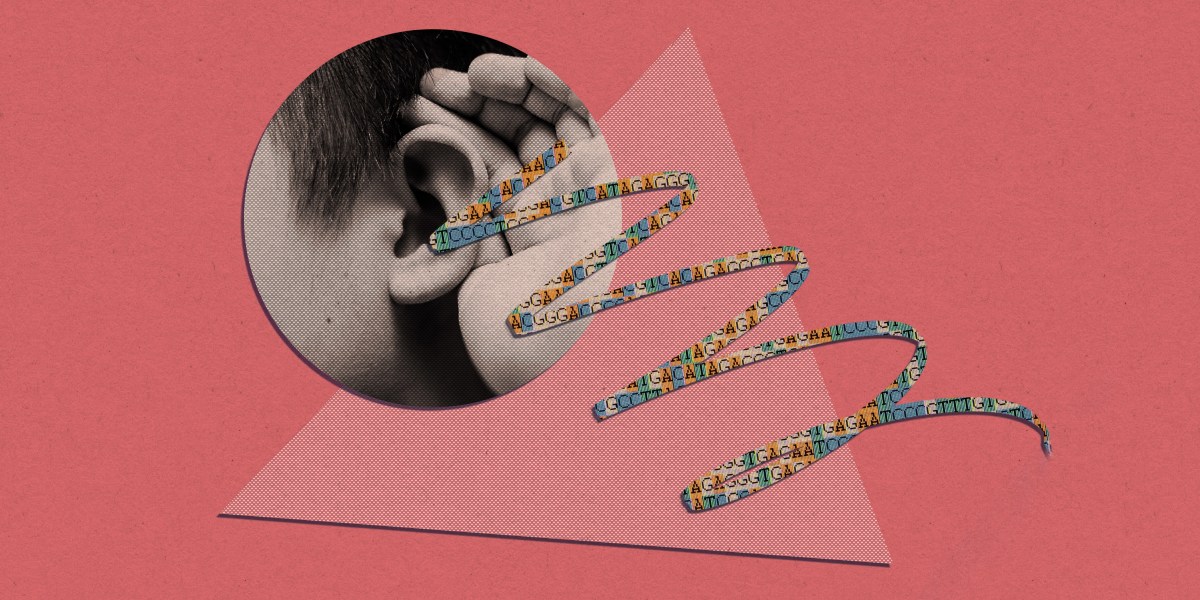China wants to win the gene therapy race—and it’ll spend millions

On Friday, Shu Yilai, a professor and practicing surgeon at Fudan University in Shanghai, shared results of the trial, in which young patients received injections of a virus that added replacement DNA to the hair cells in their inner ear. Four out of five participants have since developed the ability to hear. As we wrote, “Scientists in China say [they] are the first people ever to have their natural hearing pathway restored … The feat is even more remarkable because until now, no drug of any kind has ever been able to improve hearing.”
This is a phenomenal step forward in using gene therapy to restore human senses, and Antonio and I heard how important this is on a personal level from Qin Lixue, whose six-year-old daughter Yiyi is the third patient to participate in the trial. She told us about how Yiyi, who is in the first grade, “used to need other students to wake her up” at naptime at school because she disconnects her cochlear implant when she’s sleeping. Now, Qin told us, “she tells me she can hear the music that ends naptime and wake up by herself.”
But this remarkable result faces the same challenging calculations that plague a lot of medical solutions, both gene therapies and traditional medicine: they are used to treat a very specific and rare disease, so the market demand doesn’t justify the spending in R&D and mass production.
This particular gene therapy works only when the deafness is due to a lack of otoferlin—a protein that’s produced to transmit hearing signals from the ear to the brain. Only around 1% to 5% of cases of inborn deafness are caused by lack of otoferlin, so many more deaf children aren’t able to benefit from this therapy yet.
While costs aren’t a factor for experimental trials like the one Yiyi took part in, they will become more salient if the technology is to be introduced to the mass market.
One thing that may help is government subsidies. In a bid to develop Shanghai’s competitiveness in the gene therapy industry, for instance, the municipal government has offered local companies sizable subsidies for developing new treatments; a company can receive up to $13 million a year for manufacturing an approved gene therapy product locally in the city. Other local governments in China have announced similar policies, which may attract more biomedicine companies into the field of gene therapy.


